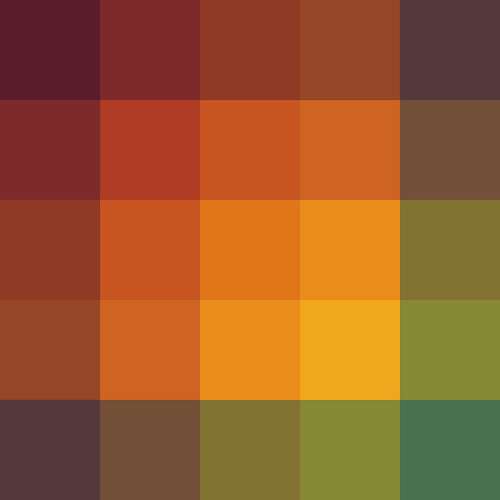
Researchers are on their way to developing a mechanochromic helmet that could serve to alert athletes to potential brain trauma. Image Source: Flickr user Erik Drost
Once in a while, new innovations remind us of the extraordinary potential of color technology. That was the case recently when a group of researchers from the University of Pennsylvania developed a dynamic new material designed to produce color shifts when hit with certain levels of force. By applying mechanochromism—the ability to change color in response to mechanical stimuli—to protective headgear, the color-shifting material could immediately detect possible injury and alert users to seek treatment. At a time of heightened concern regarding traumatic head injury as the result of amateur and professional sports, combat, and other dangerous activities, this innovative application of the mechanochromic phenomena presents new possibilities for early interventions that could ultimately save lives.1
Establishing the relationship between force of impact and potential for brain injury is the next step in making mechanochromic helmets reality. Image Source: Flickr user Allan Ajifo


